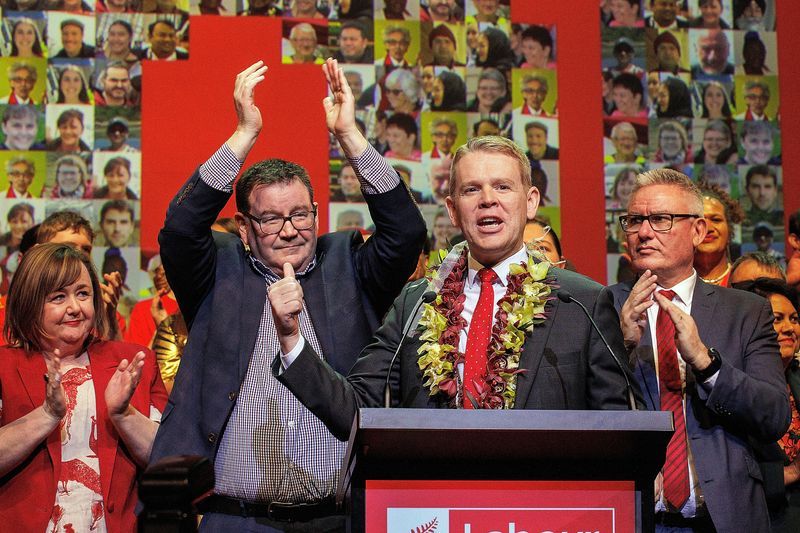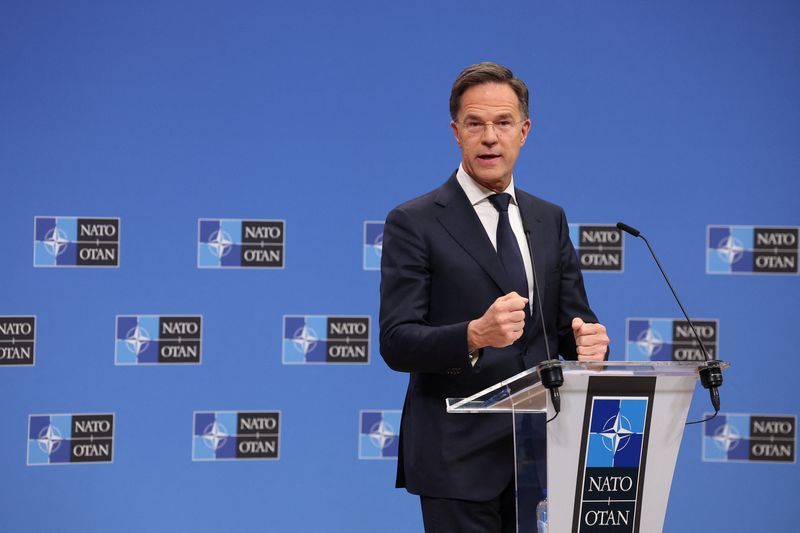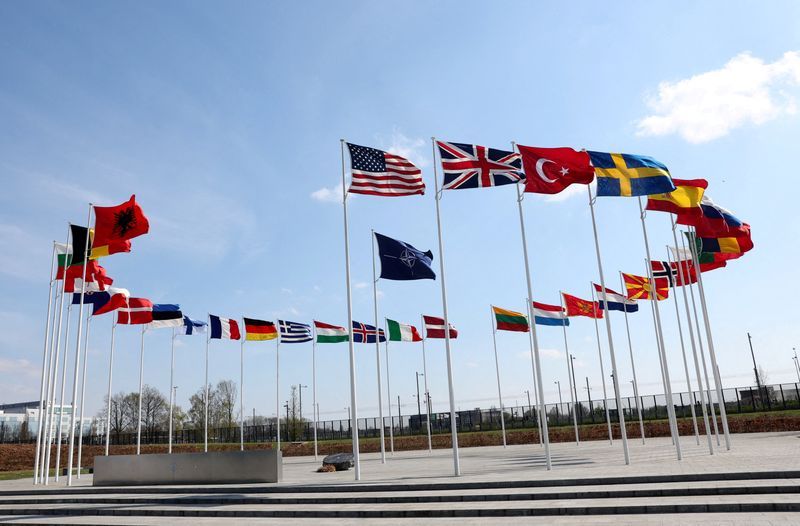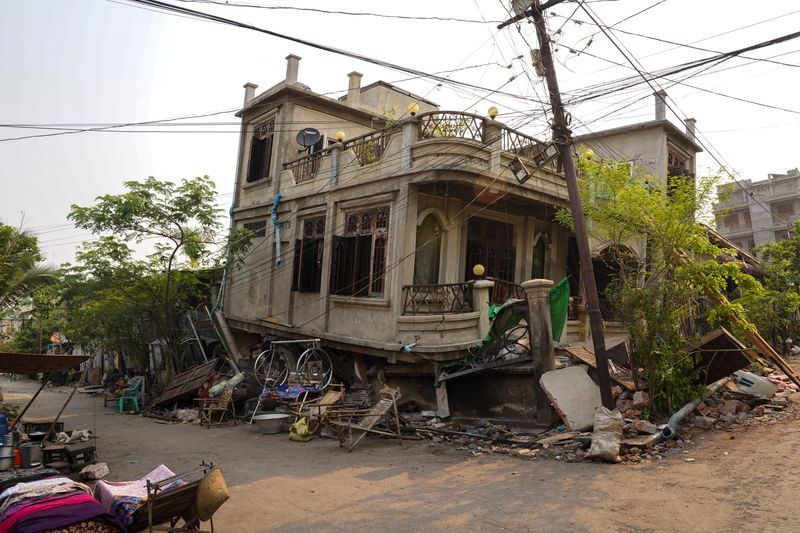
New Zealand's Finance Minister Grant Robertson, New Zealand's Prime Minister and Labour Party Leader Chris Hipkins and Kelvin Davis attend the New Zealand Labour Party’s election campaign launch event in Auckland, New Zealand, September 2, 2023. REUTERS/David Rowland/File Photo
(Reuters) - New Zealand is on track to return to a coalition government next month, opinion polls suggest, as neither of the two main parties appears to command majority support.
Here are key aspects of the country's mixed-member proportional (MMP) system, which has made coalitions the norm since the system was introduced in 1996.
Uh-oh! Daily quota reached.






































